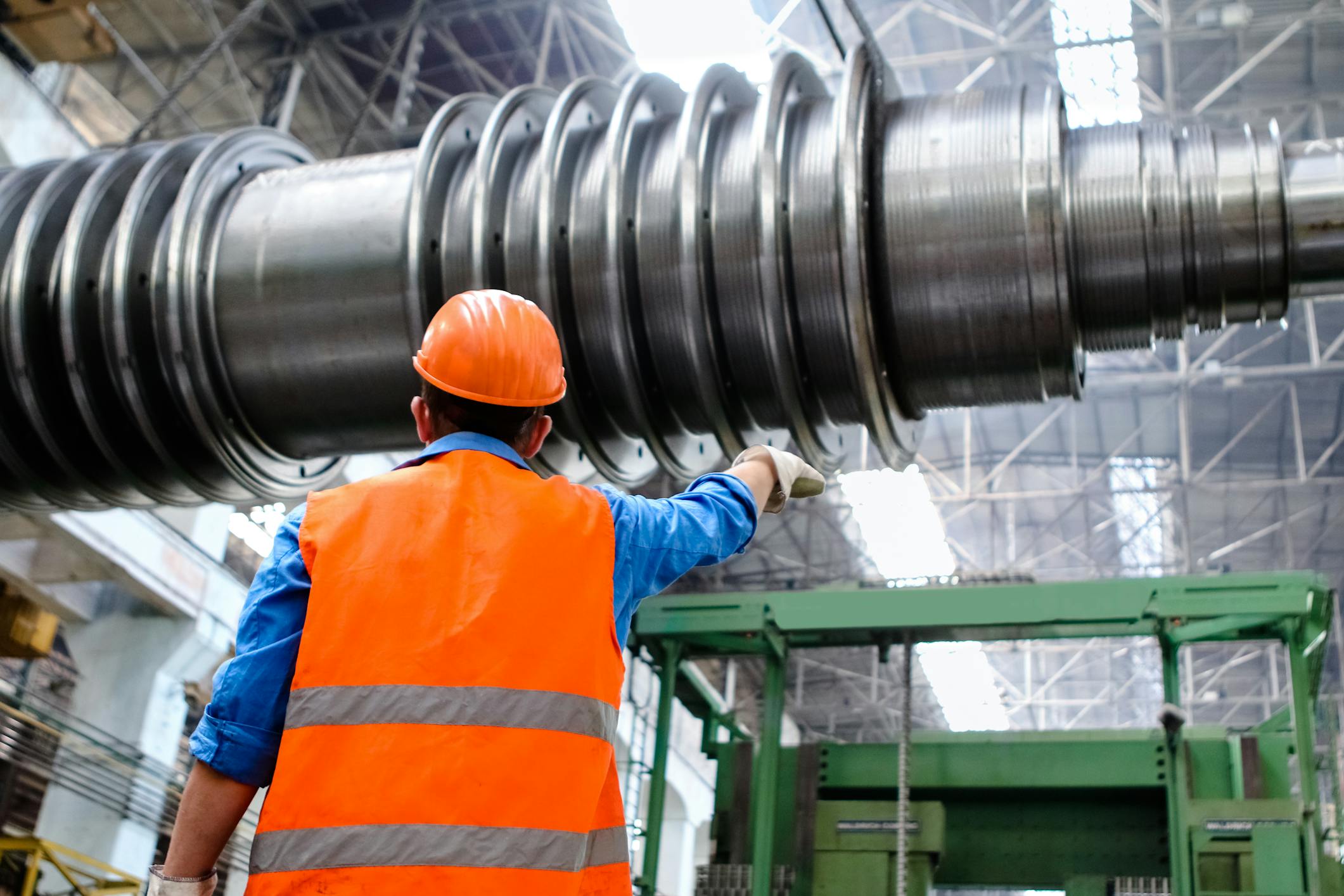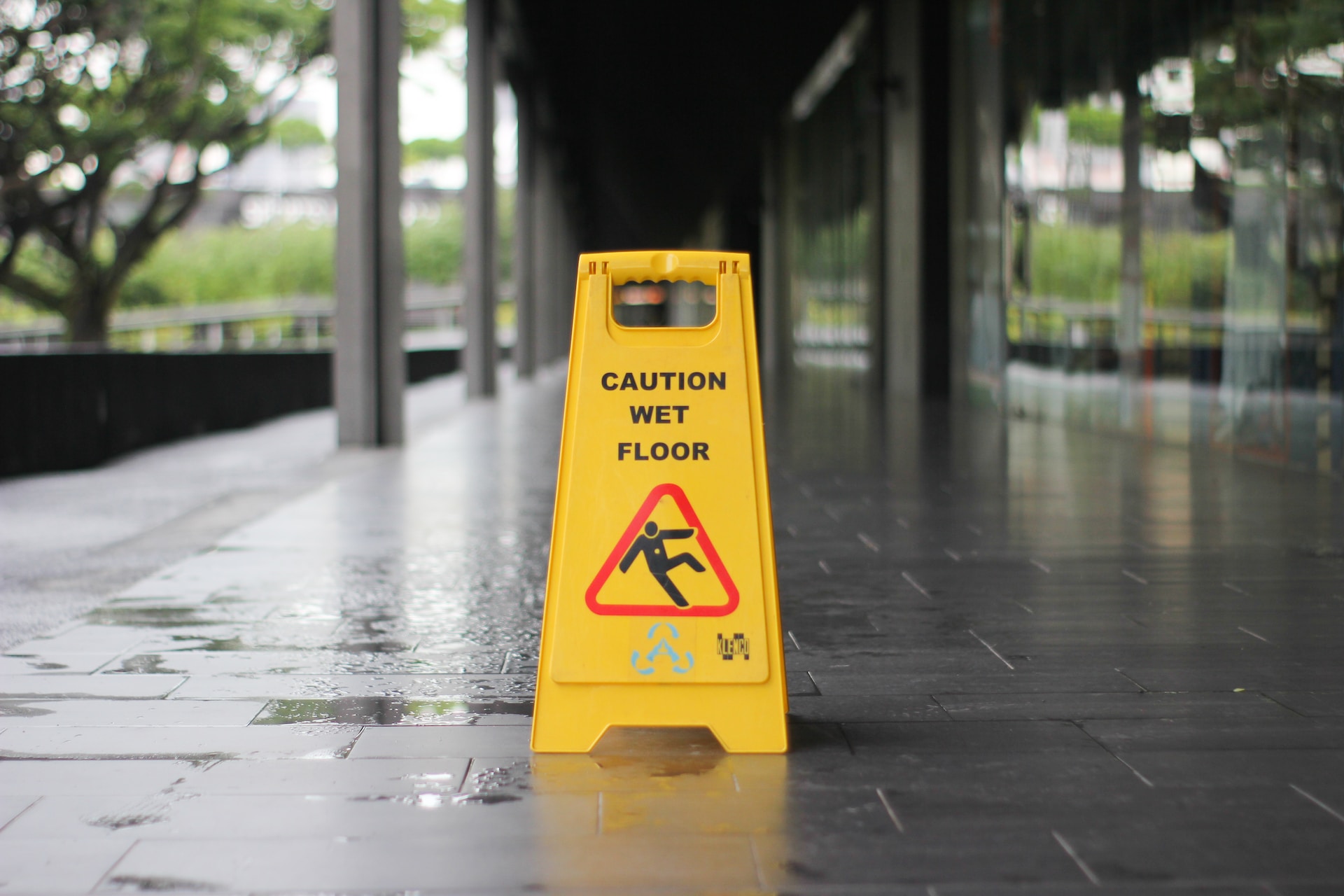Regardless of industry or size, it is the skills, dedication, and hardwork of employees that make a business. For this very reason, ensuring that your workforce are in good physical and mental health should be any employer’s top priority.
That said, maintaining compliance with health and safety regulations whilst actively promoting employee welfare is no mean feat; it demands expert knowledge, meticulous preparation, and ongoing vigilance.
In the following article, we’ll dive into the complexities of workplace safety and the ways in which your business can protect employees. From the most common causes of accidents and ill health to preventative measures and best practices, we’re here to shed a little light on the fundamentals of safe, healthy work environments.
Common Workplace Accidents
As they say, know thy enemy. In other words, an awareness of potential risks and accidents is the cornerstone of effective prevention. Of course, no two workplaces are the same, so it is important that professional environments are approached on a case by case basis. From manufacturing floors to office spaces, the risk of accidents is ever-present, and the consequences can be far-reaching for both employees and the business.
Slips, Trips, and Falls
As you may have guessed, slips, trips and falls are among the most common workplace accidents, with repercussions ranging from minor inconveniences to severe injuries that necessitate medical attention.
For this reason, ensuring that floors are clear of hazards is not just good practice but a legal requirement. Employers are required to ensure that walkways are clear and that any spills are promptly cleaned up. Adequate lighting and signage can also significantly reduce the risk of such accidents, while regular risk assessments can help identify potential hazards.
Machinery-Related Accidents
Although these accidents often occur in industrial settings, it is important to note that they can happen in any workplace where machinery is used. From large scale construction environments to smaller manufacturing lines, the consequences of poor preparation or misuse can be severe, including lacerations, burns, amputations and death.
Regular maintenance checks are crucial for ensuring that all machinery is in good working condition, while employers should also provide comprehensive training for all employees who operate machinery and should install safety guards where applicable.
Manual Handling Injuries
Injuries from manual handling activities such as lifting, carrying, or moving objects are common in various workplaces. These can lead to musculoskeletal disorders like back pain, sprains, and strains, which can have long-term health implications. Training on proper lifting techniques is essential, and employers should consider implementing mechanical aids for tasks involving heavy lifting.
Mental Health In The Workplace
It goes without saying that the impact of mental health issues can be just as debilitating as physical injuries. Without proper support and effective preventative measures, poor mental health not only affects the individual, but also the overall productivity and morale of the team.
Stress and Burnout
Stress is all too common in modern work environments, often resulting from high workloads, tight deadlines or interpersonal conflicts. While everyone experiences periods of stress, there are times when this feeling can become crippling. Burnout is an extreme form of stress that can lead to physical and emotional exhaustion.
Thankfully, burnout and high-stress can be reduced by nurturing a healthy workplace culture. Employers can help mitigate stress by promoting a balanced workload, offering flexible working arrangements, and providing access to mental health resources.
Lasting Psychological Effects
It is worth clarifying that the psychological effect of poor working environments can be long lasting. Workplace accidents, injuries and incidents can also lead to psychological injuries, such as anxiety or depression. These can arise from various factors, including workplace bullying, harassment, or traumatic events. Employers have a responsibility to create a safe and inclusive environment, which includes addressing and preventing psychological hazards.
Moreover, untreated mental health issues can have long-lasting effects on an individual’s well-being and career. Chronic stress, for example, often leads to more severe health problems, including heart disease and high blood pressure. Employers can play a role in preventing these long-term implications by fostering a supportive work environment and providing access to mental health services.
Understanding and addressing mental health issues in the workplace is not just a matter of compassion; it’s also good business sense. A workforce that is both physically and mentally healthy is more productive, engaged, and less likely to require extended periods of sick leave.
How Do Accidents And Ill-Health Affect A Business?
It goes without saying that accidents at work don’t just affect the individual in question. Injuries and illness often have a profound knock-on effect on all areas of the business, significantly impacting output and the overall culture of an organisation.
Reduced Productivity – When an employee is absent due to injury or illness, the workflow is disrupted. This often leads to delays in project timelines and can put additional stress on other team members who may have to pick up the slack.
Financial Repercussions – Accidents and illnesses can result in substantial financial burdens, from medical expenses to potential legal fees. For small to medium-sized enterprises operating on tighter budgets, this can be crippling.
Workplace Culture – A poor health and safety record can significantly impact the culture of an organisation. Frequent absences and illness create a sense of inconsistency and worry among a workforce. Moreover, if staff feel that their well-being is not a priority, it can lead to decreased morale and engagement.
It is important to acknowledge that health and safety is not just about compliance; it’s about creating a work environment where employees feel valued and protected, thereby enhancing productivity and fostering a positive organisational culture.
The welfare of employees is a moral and legal responsibility that requires a proactive approach, a keen understanding of regulations, and meticulous attention to detail. That said, this takes time and a thorough knowledge of industry best-practice.
For expert assistance in all areas of workplace health and safety, risk assessment, training and accident investigations, don’t hesitate to get in touch.




